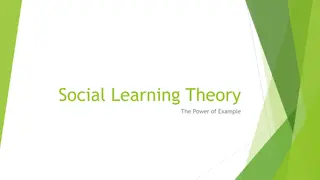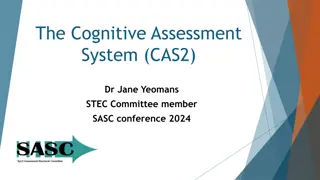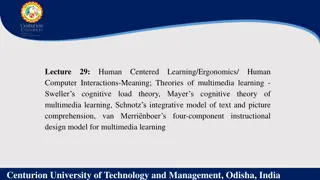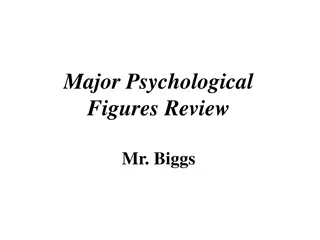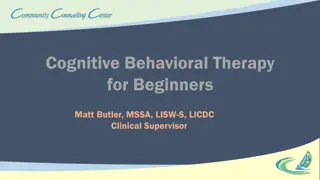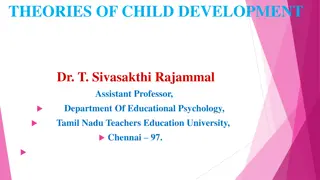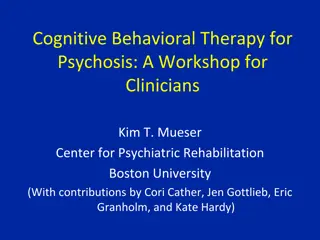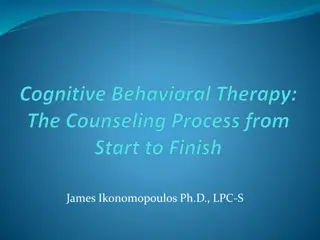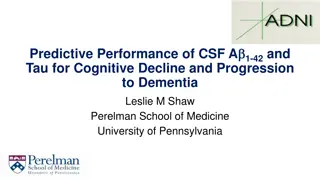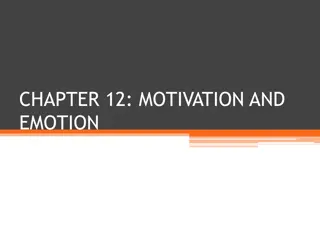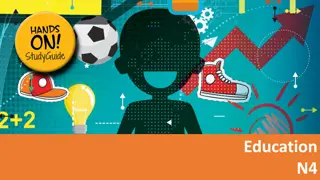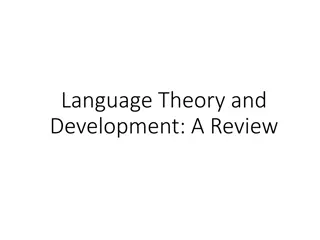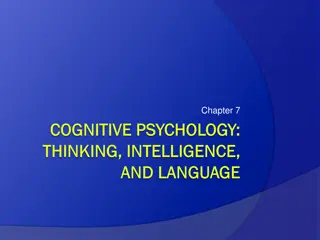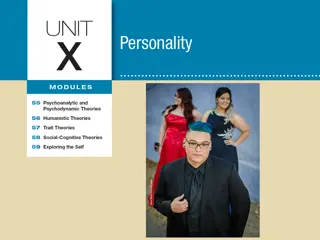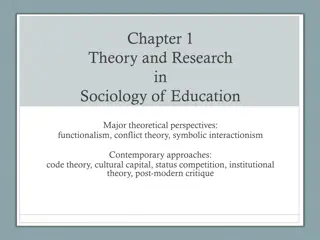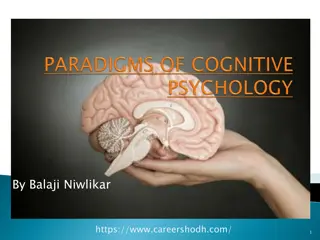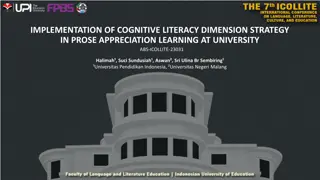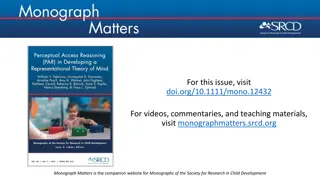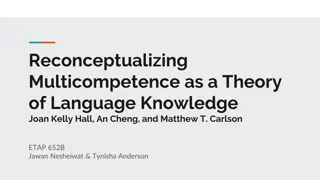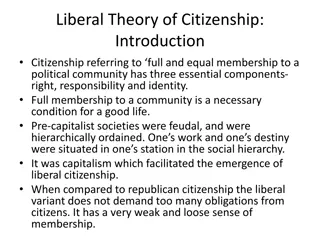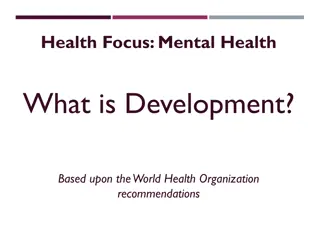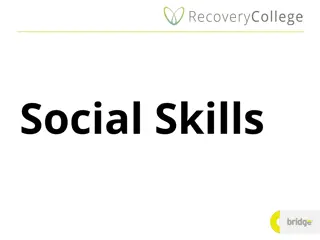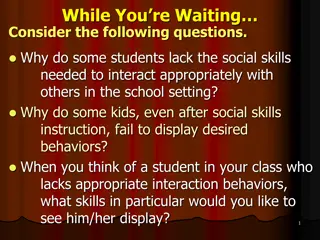Understanding Social Cognitive Theory: Insights from Albert Bandura
Social Cognitive Theory, developed by Albert Bandura, emphasizes learning through observation and modeling behaviors. The theory explores how individuals acquire new behaviors, thoughts, and attitudes by observing others. Bandura's famous Bobo doll experiment showcased how children imitated aggressive behaviors they witnessed. The theory also delves into concepts like self-regulation, reciprocal causation, environmental factors, and different types of learning such as enactive and vicarious learning.
Download Presentation

Please find below an Image/Link to download the presentation.
The content on the website is provided AS IS for your information and personal use only. It may not be sold, licensed, or shared on other websites without obtaining consent from the author. Download presentation by click this link. If you encounter any issues during the download, it is possible that the publisher has removed the file from their server.
E N D
Presentation Transcript
Social Cognitive Theory SESSION 11 Dr. Chitrasena Padhy Associate Professor Agricultural Extension
Albert Bandura Albert Bandura was born in Alberta, Canada in 1925 Doctorate studies University if Iowa. Interested in behaviorist learning theories Stanford University he began to examine influences of social observations and learning in more depth
Social Cognitive Theory Bobo doll experiment: Adults were recorded being aggressive to bobo dolls Children were shown the video and then allow to play in a room full of toys Children were aggressive to the bobo doll just as the adults. (Cherry, 2014)
Social Cognitive Theory Through his research, Bandura observed that components of learning occur though observation and modeling behaviors This concept led to the theoretical framework of the social cognitive learning theory (Famous People Info, 2011)
Assumptions Of Social Cognitive Theory Learning occurs by observing others and modeling Internal processes and cognition of observed behavior may or may not lead to a learned behavior ( learning performance distinction). Behavior is goal directed- goals are set and behavior is directed to accomplishing the goal (motivation driven) Behavior is eventually self-regulated Punishment and reinforcement have indirect effects on the learning process (Hurst, 2014)
Environmental factors: Social models Instruction Feedback Personal Sense of efficacy Attributions factors: (cognitive) Goals Behaviors: Process of self-regulation Goal progress Motivations Learning (Zimmerman, 1989)
Types of Learning Enactive Learning- learning by doing and is reinforced by the consequences of actions/outcomes Vicarious Learning- learning through observation not performance (Hurst, 2014)
The Learning Process Requires Attention Retention Reproduction Motivation
Social Cognitive Theory: Modeling Models can be real people (teachers, coaches etc.) Models can also come from media: books, TV, Magazines (symbolic) Models can influence behavior: positively or negatively (Schunk, 2012)
Characteristics of Models Models, both real and symbolic, have: Have prestige and power Models are competent Perform tasks well that others would like to be able to do (Hurst, 2014)
Evaluation of Learning and Behavior Perceived self-efficacy Outcome expectation Goal Setting Self-evaluation Goal Progress Self-instruction (Schunk, 2012)
Summary Points Learning/behavior occurs through: Models/modeling Efficacy Reinforcement Self-regulation
Strengths of Theory A great deal of learning occurs from watching others Strong research to support theory People have considerable control over behaviors learning (motivation) (Hurst, 2014)
Weaknesses of Theory The theory is loosely structured Doesn t take emotional responses into account Ignores biological differences between individuals genetic factors Assumes that all behavior is a result of modeling, not genetics, illness, or other influences
Conclusion The social cognitive theory should be used to instill and provide a learning for students and teachers. Bandura s research shows that selfefficacy will encourage students and teachers to reach for higher standards. In education self-efficacy will give a person confidence to achieve higher goals. Students will imitate the actions of teachers that gives, directions, dedications, organizations, and experiences to the classroom. Learning is through observing others and what have been taught



